If I hadn't worked at butcher shops early in my career, I wouldn't be cooking the way I do now. It's that simple. Those years behind the block didn't just teach me about meat—they fundamentally changed my perspective on food, community, and how to stretch $20 into $100 worth of meals.
Here's something I tell every young cook (and seasoned ones too): working at a butcher shop should be as essential to your culinary education as learning to make stocks or working a sauté station. It's where you learn to see the whole animal, not just the pretty parts that show up pre-portioned on your prep list.
Before moving on please consider subscribing and following me on IG (@bshnuez) as well.
The Education You Can't Get in a Kitchen
My years behind the butcher block taught me something most cooks never learn: the best cuts aren't always the most expensive ones. While everyone's chasing ribeyes and New York strips, I've been quietly obsessing over four underdogs that deserve serious attention—the Denver, Bavette, Oyster, and Hanger steaks.
Here's my ethos: I love things that are undervalued and underloved. These cuts embody that perfectly. There's so much cow to eat, and these animals deserve to be honored in all their complexity. When you explore beyond the standard repertoire, you can truly get creative.
But understanding these cuts—really understanding them—only comes from breaking down whole animals, day after day. It's where you learn that movement equals flavor, where you discover muscles you never knew existed, and where you start to see the logic behind different cooking methods.
My Two Butcher Shop Experiences
Western Daughters: Where It All Started
My first experience was at Western Daughters, a small butcher shop in Lo-Hi (Lower Highland), Denver's old Italian neighborhood. We were nestled in what I heard was an old sausage shop, surrounded by beautiful brick buildings overlooking the city. The neighborhood still had signs of its Italian roots—corner stores, family restaurants, the kind of walkable community that makes you feel connected to something bigger.
I found myself in this unique position where I could take random offcuts and turn them into sandwiches or whatever we could sell. We'd sell anything we could make, and this practice pushed me as a young cook to create with ingredients I didn't know if we'd have next week—or ever again.
The chef gave me a challenge: make sandwiches, but never remake the same one twice. This sparked something in me, though I'll be honest—I struggled. I was a young cook, wasn't good, and got shit on constantly. I was always in the dish pit, cleaning the grinder, scraping old meat from under counters. There are so many terrible tasks you do as an apprentice in a butcher shop.
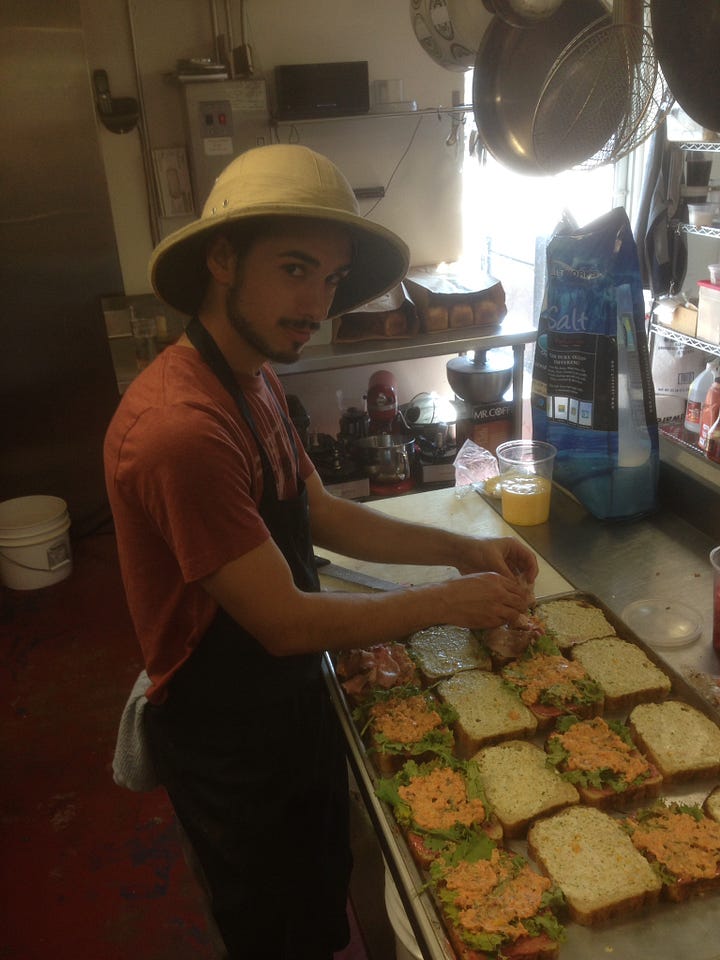
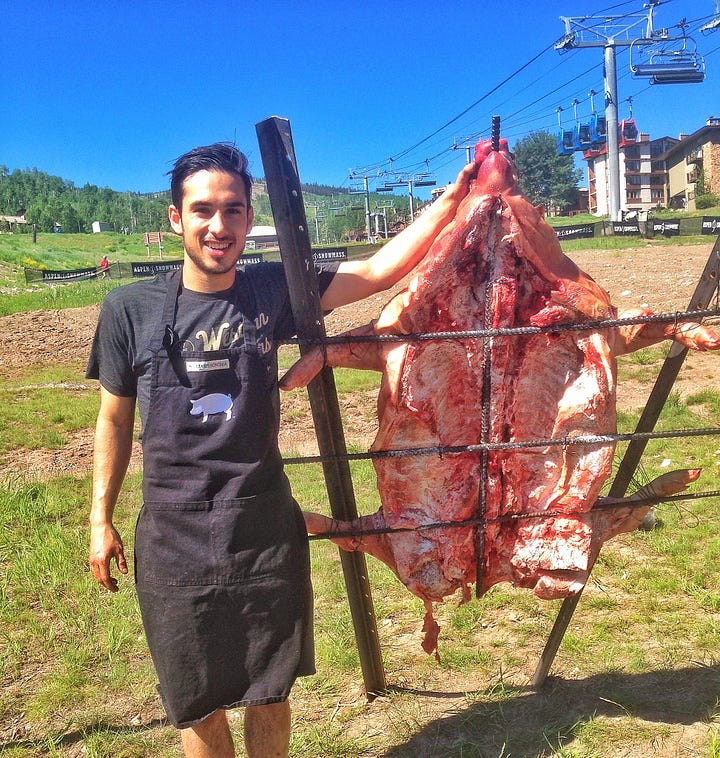
But the education was incredible. I worked alongside ex-pats from The French Laundry and other highly trained individuals—not just in culinary arts, but woodworking, farming, all kinds of crafts. We worked with local farmers, selling their produce in the front, while using it in the back. I'll never forget tasting a Palisade Colorado peach for the first time— those might be the best peaches in the world.
A memory I have fondly is our shared alley with a restaurant that had a charcuterie program and an open charcuterie room in the middle of their dining room. They did nose-to-tail cooking, and we'd shoot the shit with their chefs on smoke breaks. I'd drop off sandwiches, they'd bring us lunch. It was this beautiful little food community. Their chef would always walk over between the rush to come and talk to me about my sandwiches and how to level them up.
Arcadia Meat Market : Round Two
When the restaurant I was working at closed in 2020 due to the COVID lockdown, I drove straight to the butcher shop. This was before the unemployment benefits kicked in—I had no idea what was coming, just knew I needed work.
This time, I was a more experienced cook with a sharper sense for the field. I could pick up right where I left off in Denver—making sandwiches, creating unique items for the case, working with local farmers and flirting with everyone’s wife. But now I had the skills to really make it sing.
Both experiences taught me that butcher shops aren't just about meat—they're about community, creativity, and learning to make something from nothing.
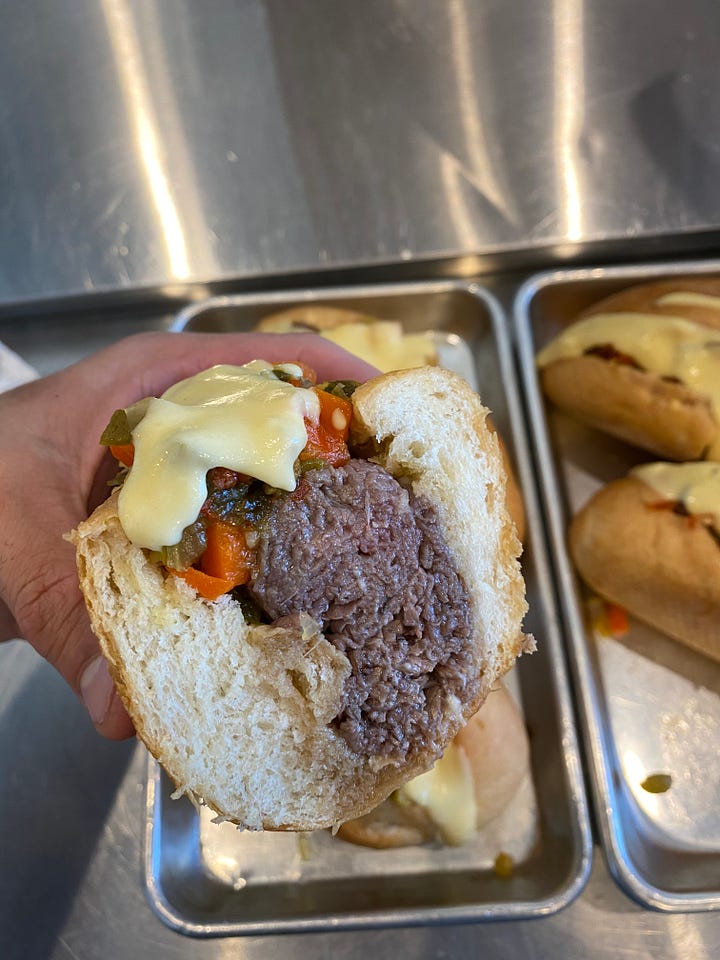
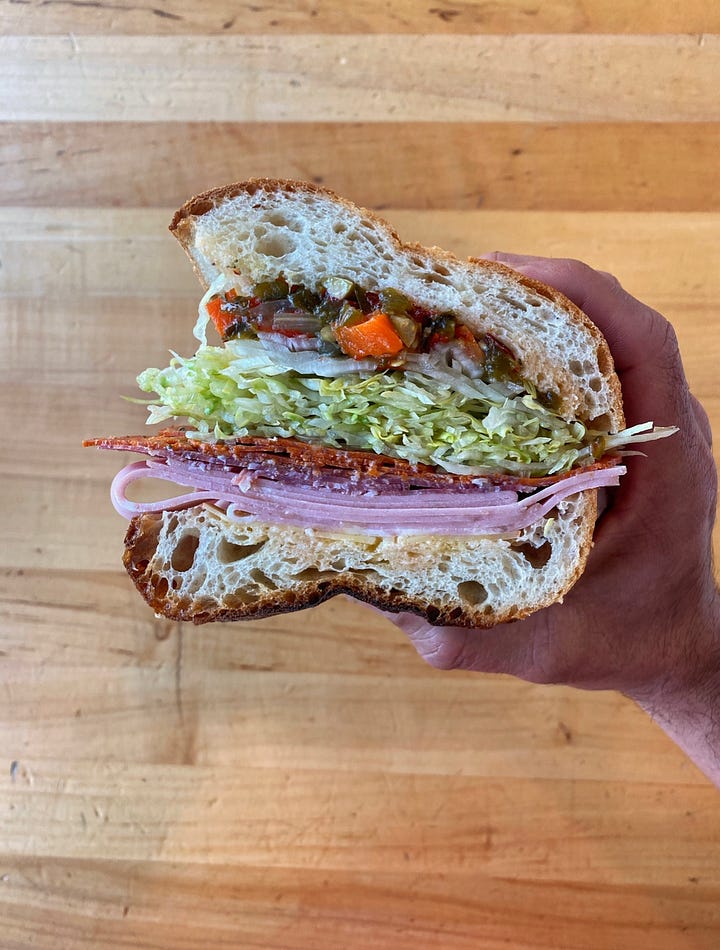
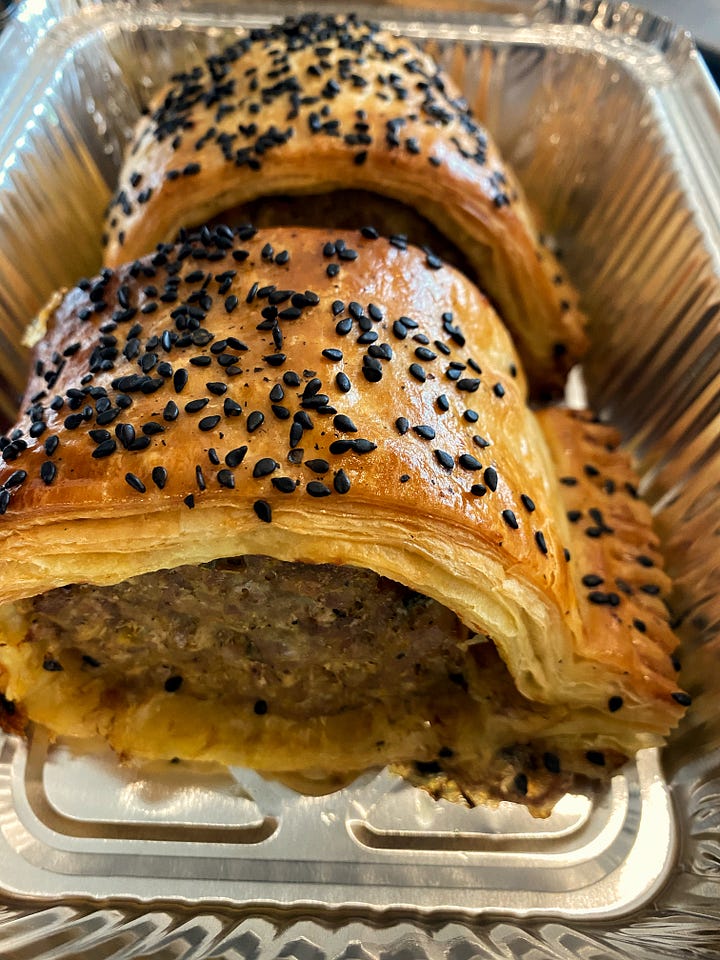
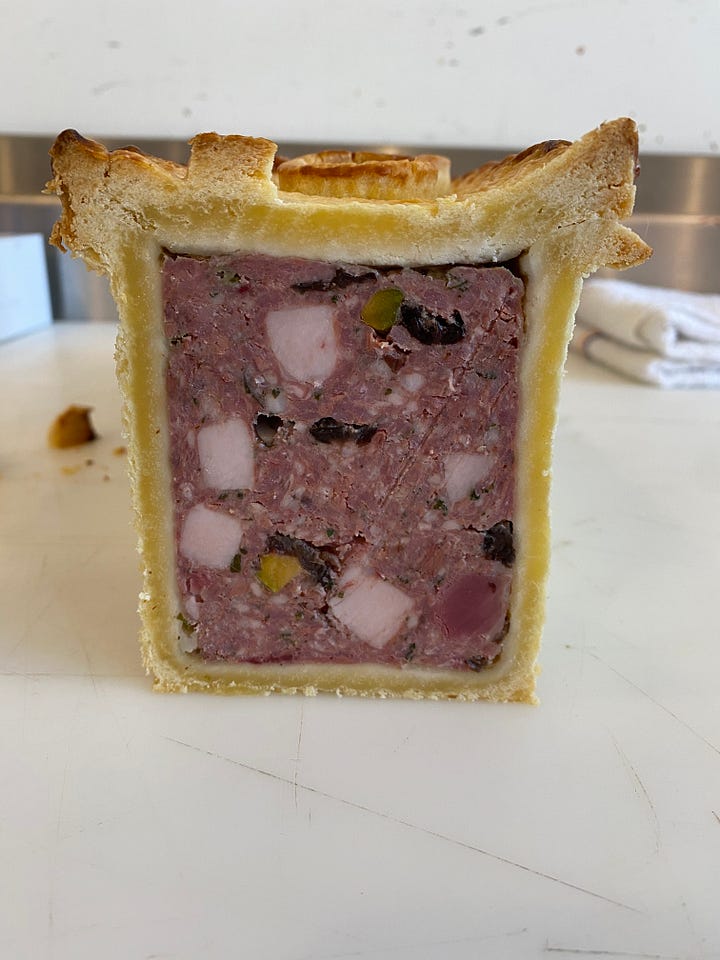
What the Butcher Shop Teaches You
Working at a butcher shop isn't just about learning to use a knife (though you'll get good at that.) It's about understanding proteins at a fundamental level. You learn how different cultures approach the same animal—why the French prize the onglet, why Koreans love short ribs, why your grandmother's generation knew what to do with marrow bones.
You meet your community in a way that restaurant work never allows. You're not just feeding people; you're helping them feed their families and watching them grow. You're teaching them, learning from them, becoming part of the fabric of how people eat in your neighborhood. They look forward to seeing you and you look forward to seeing them.
My Four Favorite Underrated Cuts
The Denver: Chuck's Hidden Gem
The Denver comes from the chuck, nestled just under the shoulder blade. Before you wrinkle your nose at "chuck" (yeah, the same primal that gives us pot roast), hear me out. This particular muscle is different from its tough neighbors.
Here's where it gets interesting: movement equals flavor, but it also equals toughness. It's the fundamental trade-off that governs every piece of meat on the animal.
The Bavette: France's Best-Kept Secret
The Bavette (sirloin flap) is what the French have been quietly enjoying while Americans ignored it. This cut comes from the bottom sirloin, and it's got this incredible mineral-forward flavor that's almost wine-like. The grain runs long and loose, so slicing against it is crucial—but get it right and you've got something special.
The Oyster: The Ribeye's Tender Cousin
Hidden along the backbone, the oyster steak is literally shaped like its namesake. Only two per animal, which is probably why most people never encounter them. They're buttery, tender, and have this concentrated beef flavor that'll make you wonder why you ever bothered with tenderloin.
The Hanger: The Butcher's Secret
Called "onglet" in France, the hanger was traditionally kept by butchers for themselves—that should tell you something. One per animal, hanging (hence the name) between the last rib and the loin. It's got this unique, almost livery richness that's polarizing—you either love it or you don't. I'm firmly in the love camp.
All four of these cuts share something important: they reward the cook who takes time to understand them. They're not foolproof like a ribeye, but are far more interesting.
The Movement-Flavor Connection
Think about it this way: a beef shank gets worked constantly as the animal walks, so it's packed with flavor but tough as leather. Same goes for the tail, chuck roast, or any of the working muscles. These cuts demand long, slow cooking to break down all that connective tissue.
On the flip side, you've got the lazy muscles—tenderloin, chicken breast, hanger steak. These barely move during the animal's lifetime, so they're butter-tender but often lack the deep, beefy flavor that makes your mouth water.
The Denver sits in a sweet spot. It comes from a working area of the animal, so it has that rich, mineral-forward beef flavor that makes you remember why you love steak. But because of its specific location and grain structure, it's surprisingly tender when cooked right.
Why Butchers Push Tenderloin (And Why You Shouldn't Always Buy It)
Here's some inside knowledge: butcher shops love selling tenderloin because the margins are incredible. But here's the thing—buying tenderloin is often a chump's game. You're paying premium prices for a cut that, while tender, can be pretty one-dimensional in the flavor department aka it fucking sucks.
There are dozens of cuts worth exploring before you default to that expensive and tasteless tenderloin. Honestly every butcher shop I have worked at will make fun of the consistent tenderloin procurers.
The Bigger Picture
This goes hand-in-hand with other foundational experiences every cook should have like spending time in a bakery, understanding fermentation, learning to make charcuterie and washing dishes. These aren't just skills; they're ways of seeing food that help you understand the bigger picture.
Whether you're a young cook just starting out or a seasoned chef looking to deepen your understanding, I'd urge you to spend time at a butcher shop. Even if you can't work there full-time, go help out at your local shop, support them, ask questions. You'll absorb so much just by being around the operation.
The lessons are lifelong. How to see opportunity in scraps. How to connect with your community through food. How to respect the animal by using every part thoughtfully.
The Bottom Line
Next time you're planning a steak night, skip the predictable choices.
Ask your butcher politely about these four cuts— Denver, Bavette, Oyster, or Hanger. (they might not have them). Each one tells a different story about the animal, each one rewards attention and technique. You'll discover flavors that make you realize how much cow there is to explore beyond the usual suspects.
These animals deserve to be celebrated in all their complexity, not just reduced to the same four premium cuts everyone knows.
Working at a butcher shop taught me lifelong lessons I'll never forget. It changed how I cook, how I shop, how I think about food and community. If you're serious about cooking, it's an education you can't afford to skip.
What's your favorite underrated cut? And have you ever worked at a butcher shop? Let me know in the comments—I'd love to hear about your own discoveries.
COMING SOON
Denver Steak, Potato Rosti with Labneh and Bordelaise
…………………







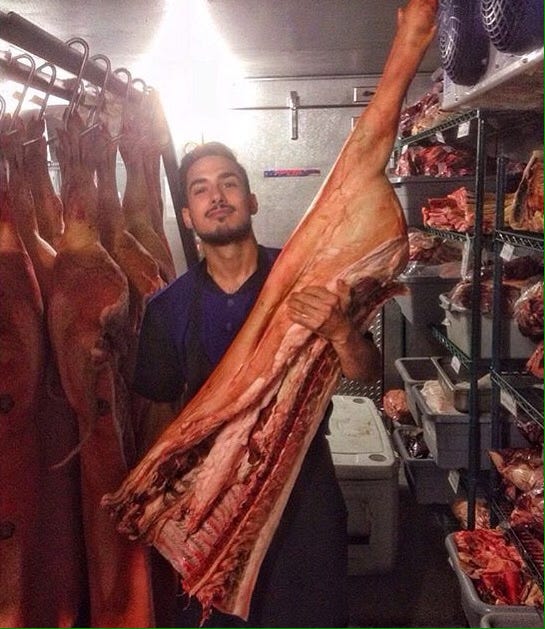
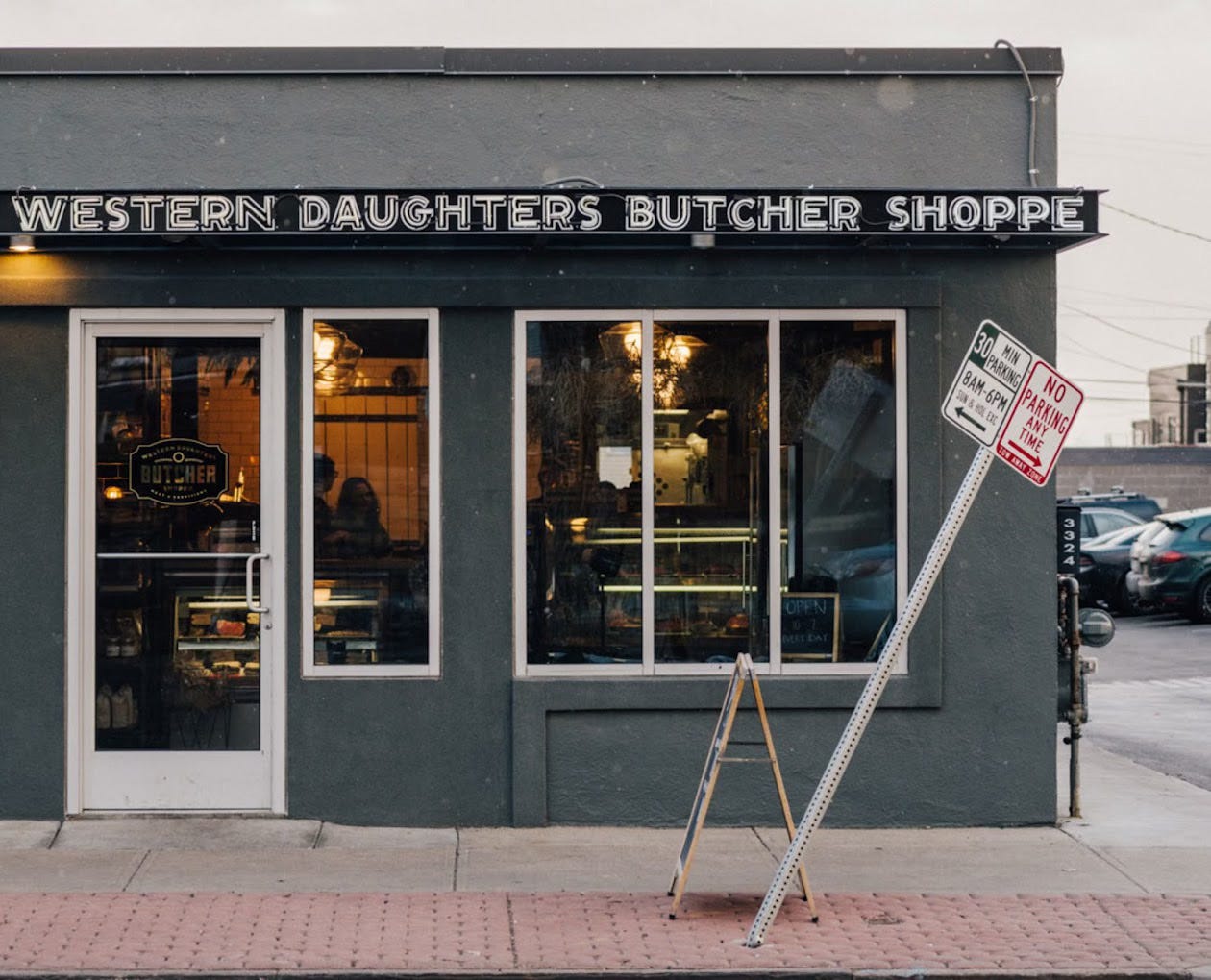
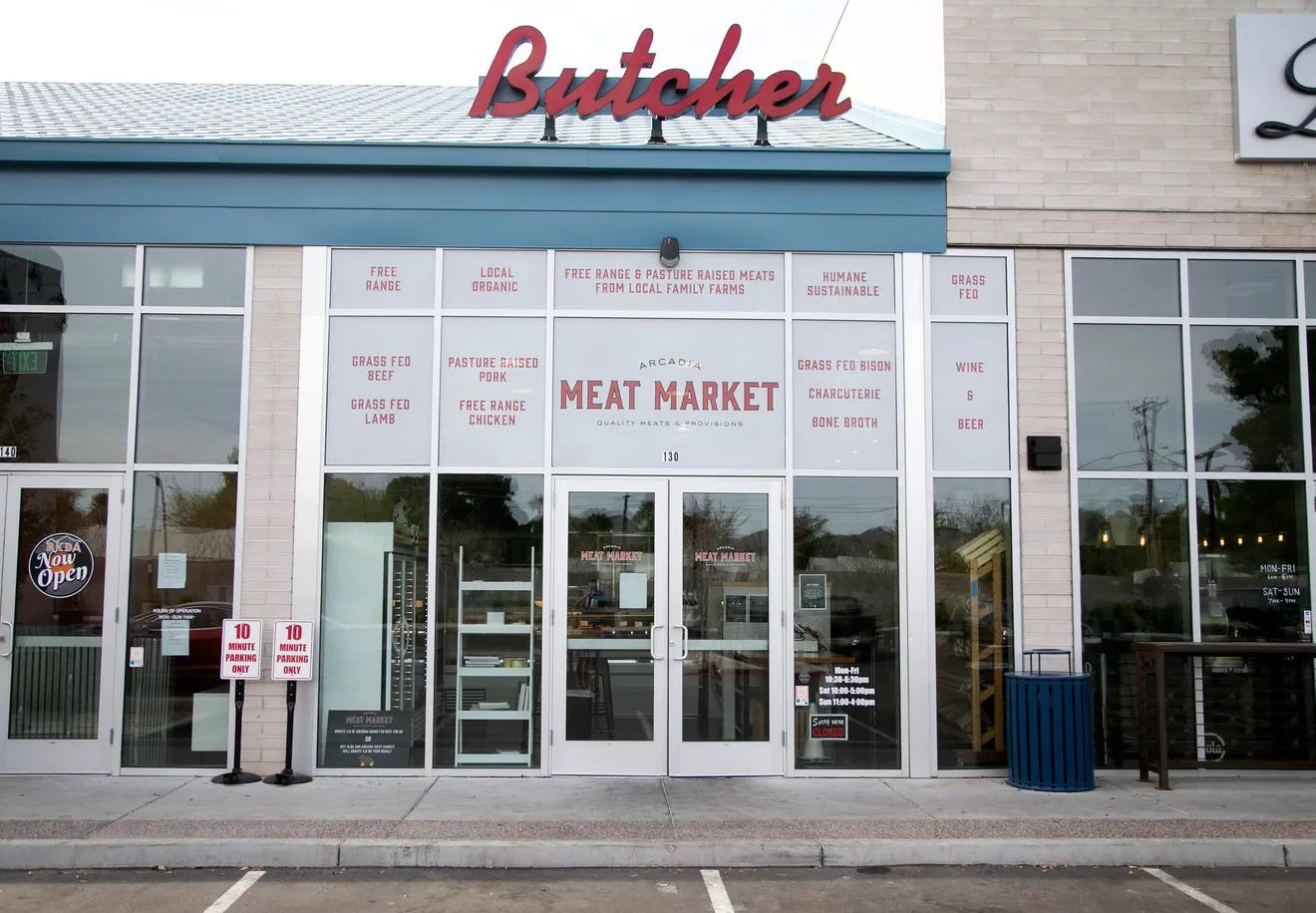

my brother used to live around the corner from Western Daughter's and would frequent it, and we'd always go when I visited. There's a high likelihood you were working there when we stopped in!
This is fascinating!! Though I'm no chef I'm intrigued about finding out about meat. On my first trip to Argentina, I loved that every restaurant had a poster of an entire steer, showing the location of each cut. I'm taking your fab four to my butcher and asking about them--wish me luck!